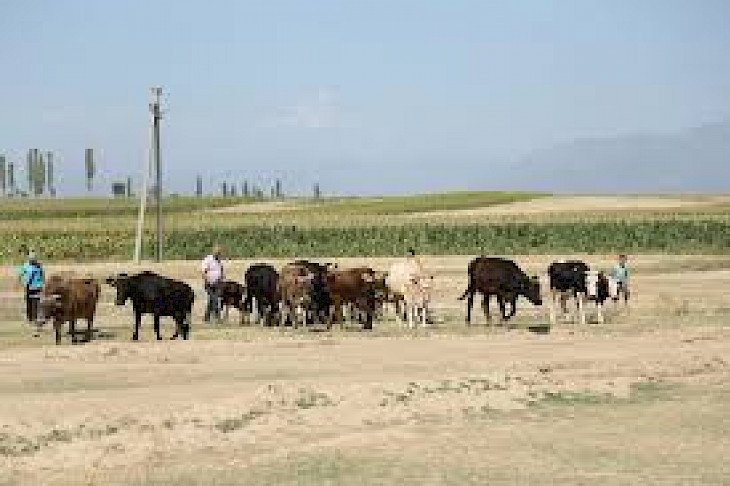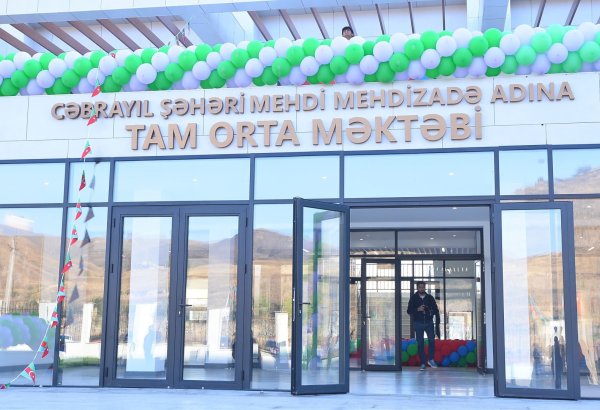Kyrgyzstan ranks fifth in methane emissions in Central Asia, where the total volume of emissions of this gas reaches 625 million tons per year, the Agricultural Projects Implementation Unit of the Ministry of Agriculture, Food Industry and Land Reclamation of the Kyrgyz Republic said.
The contribution of livestock farming in Kyrgyzstan is 4%, which is equivalent to 8 million tons of methane from the total volume of emissions of the country. Such data from the conducted study were presented by Zufar Tokpaev at a seminar on livestock farming and mitigation of climate change, held in Bishkek at the initiative of the World Bank.
The presented data were calculated on the basis of available methane emission factors by animals and a survey of 30 farms.
In the republic, 47% of the GDP is the share of the agricultural sector, where 20% of the working population is employed, Tokpaev noted.
The workshop discussed the practice of monetizing methane emissions - obtaining financial benefits from reducing or preventing methane emissions. For example, in agriculture, methane released during the decomposition of organic waste can be captured and used as an energy source. Programs that stimulate the use of methane allow not only to reduce emissions, but also to receive income from the sale of the produced energy.
Methane is a greenhouse gas that makes a greater contribution to the increase in air temperature than carbon dioxide or nitrous oxide, despite the fact that its share in the global emissions is 20%. This is due to the property of the gas to retain heat in the atmosphere.
Methane is emitted from the activities of the oil and coal industries, agriculture, as a result of the decomposition of organic waste, including farm animal manure, and wastewater systems.
The collection and use of methane provides opportunities to prevent climate change, clean the air, provides financial incentives for business, and improves energy security.















